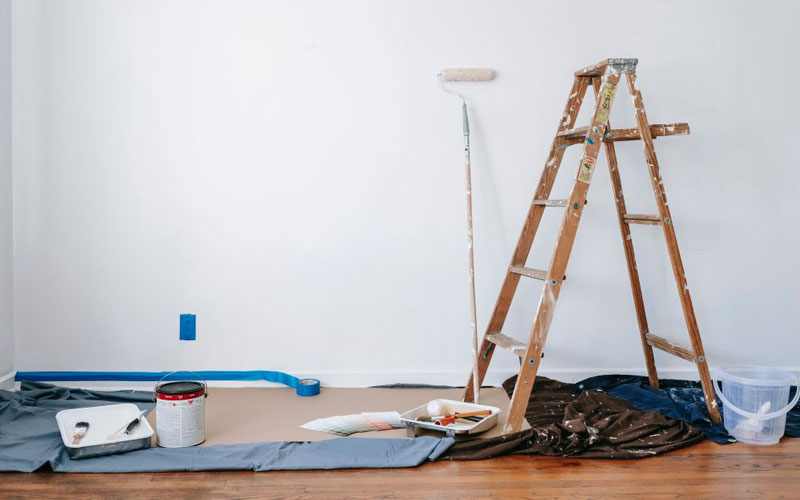If you rent a property, you can expect that at the end of your lease agreement you may have to return the property to the state it was in when you first took over the lease. As a landlord, you will expect the tenant to do this as it would otherwise cost you money to undo any alterations that have taken place on the property before you can let it to another tenant. The repairs at the end of a lease period are known as dilapidations. Whether you are the landlord or the tenant, a chartered surveyor can help you with your schedule of dilapidations and here’s how:
If you’re a landlord
A chartered surveyor can inspect your property and help you to draw up a schedule of dilapidations to protect the property’s value by ensuring it remains intact. This can be in the form of:
- A terminal schedule which outlines the repairs that will need to be carried out at the end of the lease and any associated costs.
- An interim schedule which is provided to the tenant early on in the lease, perhaps during a periodic inspection, to outline the necessary repairs and reinstatements so there are no unexpected costs at the end of the lease term.
It is prudent to assess your property prior to agreeing a lease term with a tenant, or perhaps part way into their lease term, to determine what repairs might be needed to put the property back in its original condition at the end of the term. A chartered surveyor can draw up a dilapidation report which will be a useful reference both for landlord and tenant to help ensure the costs are recovered or the repairs carried out as agreed.
If you’re a tenant
Chartered surveyors aren’t just here to help advise landlords on how to ensure their properties retain their value, but also to ensure that tenants understand their responsibilities and any work that needs to be completed with regards to dilapidations. This might include carrying out repairs, reinstating any original fixtures and fittings that have been replaced during the lease term and redecorating the property. As a tenant you will usually find that there is a period of time before your lease ends in which you are expected to complete any dilapidation works, so a chartered survey can support you by:
- Tendering for and project managing any repair or reinstatement works prior to the end of your lease.
- Helping you to negotiate financial settlements with your landlord with regards to the lease termination.
- Monitoring any dilapidation works that take place during the course of the lease.
If you are a tenant and have received a schedule of dilapidations and you’re not really sure what to do, we advise you to get in touch. Our surveyors can act quickly to determine what repairs and reinstatement works are needed under the terms of your lease and help you to restore the property to the condition it was in when you started your lease agreement.
If you don’t carry out the works as per the schedule of dilapidations your landlord may make a claim for damages and/or loss of rent incurred as repairs are carried out outside of the original agreed lease period. Generally it is the case that with the input from a chartered surveyor, the landlord and tenant can agree on a settlement figure to ‘make good’ on the property and then the case need go no further.
You can also speak to a surveyor prior to committing to a lease agreement and get them to draw up a schedule of condition. This provides evidence of the condition of the property at the start of the lease, which can be referred back to at a later stage if a dispute arises.
Whatever your requirements, whether you are a landlord wanting to draw up a schedule of dilapidations prior to issuing a lease agreement, or a tenant needing help to complete repair and reinstatement work, please contact our team at JTM Building Consultancy on 0121 758 8723 for more information on our full range of dilapidations services.


